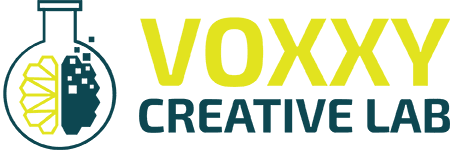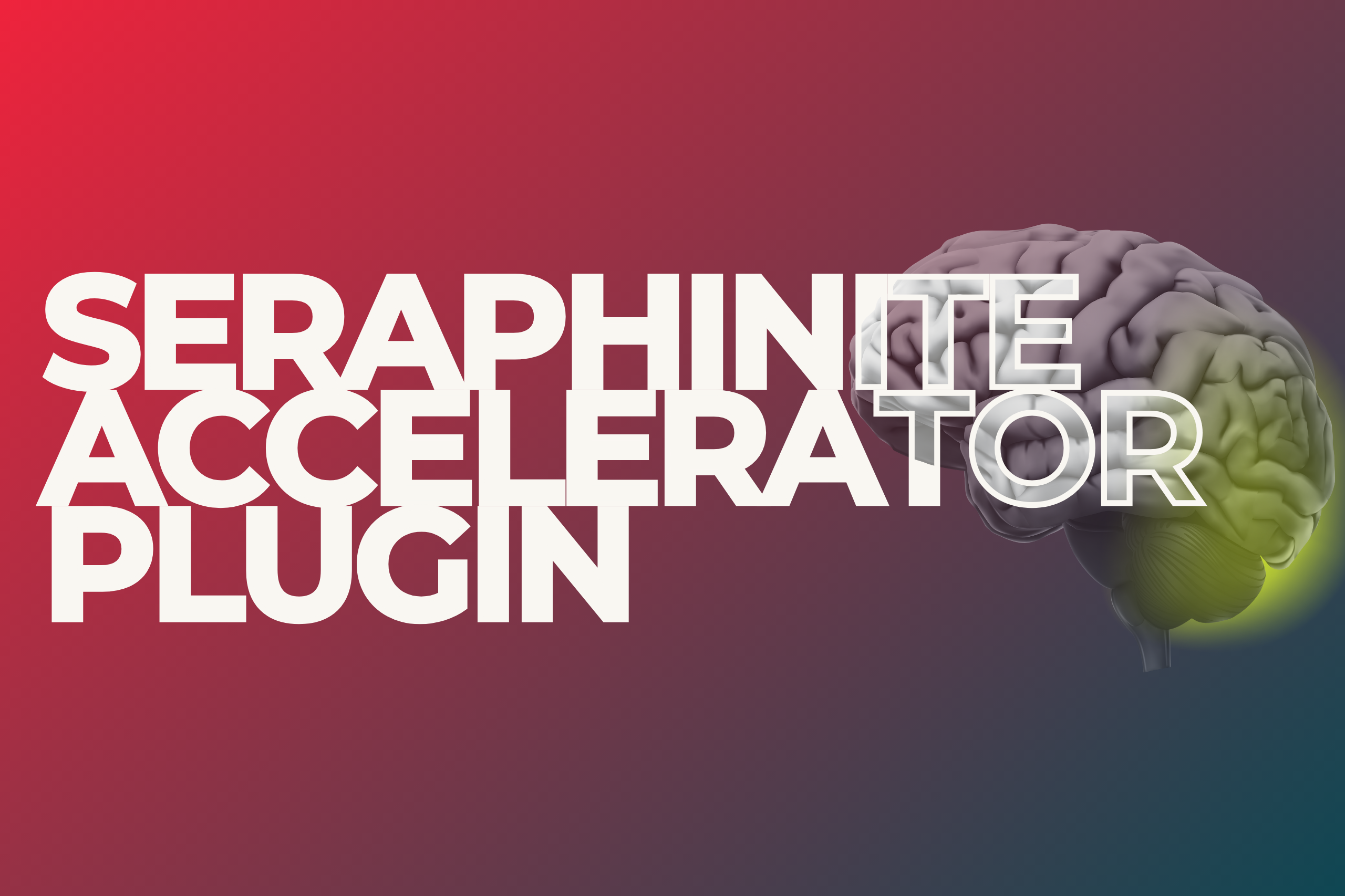Contents
ToggleGoogle Analytics vs Google Tag Manager
In the ever-evolving landscape of digital marketing, data collection and analysis play a crucial role in shaping strategies for success. Two prominent tools in this domain are Google Analytics 4 (GA4) and Google Tag Manager (GTM). They serve distinct but complementary functions that are essential for marketers aiming to understand user behavior and optimize their campaigns.
Google Analytics 4 represents a significant evolution from its predecessor, Universal Analytics. GA4 is designed to provide a more comprehensive view of user interactions across multiple devices and platforms. This shift towards an event-driven data model allows marketers to track individual user journeys more effectively. With advanced features such as AI-driven insights and predictive analytics, GA4 aims to address the challenges marketers face in understanding the complexities of user behavior in a cookie-less environment, making it a pivotal tool for 2025 and beyond.
On the other hand, Google Tag Manager is a powerful tool for managing JavaScript and HTML tags used for tracking and analytics on websites and mobile apps. GTM simplifies the implementation of tags with an intuitive interface, allowing marketers to deploy new tags without the need for extensive coding knowledge. This agility fosters a more responsive approach to tracking initiatives, enabling marketers to stay ahead of trends and adapt their strategies quickly.
As the digital marketing landscape progresses towards increased user privacy and evolving technologies, understanding the individual strengths of Google Analytics 4 and Google Tag Manager becomes paramount. While GA4 focuses on data collection and analysis aimed at gaining actionable insights, GTM streamlines the operational aspect of deploying tracking codes. Together, these tools enhance a marketer’s ability to make data-driven decisions, making them indispensable components of modern digital marketing strategies.
Key Features of Google Analytics 4
Google Analytics 4 (GA4) introduces a variety of innovative features that significantly enhance the capabilities of data collection and analysis for businesses. One of the standout attributes of GA4 is its enhanced measurement functionality. This feature enables automatic tracking of various user interactions across websites and applications, without the need for additional coding. This seamless integration allows businesses to focus more on interpreting data and less on the complexities of implementation.
An essential aspect of GA4 is its user-centric approach to data collection. Unlike previous versions that primarily relied on sessions, GA4 emphasizes individual users and their interactions over time. This shift allows businesses to understand customer journeys in greater depth, from initial touchpoints through to conversion. By providing a more holistic view of user behavior, GA4 enables marketers to tailor strategies that better meet customer needs and expectations.
Another significant advantage of GA4 is its incorporation of machine learning capabilities. With this technology, businesses can leverage automated insights and predictive metrics that help in anticipating user behavior. For instance, GA4 can identify patterns in customer actions, helping companies optimize their marketing strategies and improve retention rates. This functionality allows for more actionable insights, as organizations can focus on influencing the customer journey positively.
Furthermore, the integration of Google Tag Manager with GA4 streamlines tracking management, permitting businesses to modify their tracking setups efficiently. This compatibility enhances the overall user experience while also providing a unified approach to managing various marketing tags. Overall, the features of Google Analytics 4 position it as a robust tool for marketers, offering precise metrics that illuminate customer engagement and foster informed decision-making. As businesses strive to keep up with evolving digital landscapes, GA4 becomes an essential asset in navigating complex customer journeys.
Key Features of Google Tag Manager
Google Tag Manager (GTM) stands out as a powerful tool for digital marketers, allowing them to manage and deploy marketing tags without the need to modify the underlying code. This functionality enhances website tracking and analytics implementations significantly. By simplifying the tagging process, GTM provides a user-friendly interface that enables marketers to make adjustments quickly and efficiently.
One of the remarkable features of GTM is its version control. This feature allows users to maintain a history of changes made to the tags and configurations, making it easy to revert to previous versions in case of errors or issues. The advantage of having this level of control cannot be overstated; it ensures that marketers can test and iterate without the fear of permanently disrupting their tracking setup.
The preview mode offered by GTM is another critical feature that enhances user experience. This mode allows marketers to see tag firing in real-time before they publish changes. It serves as an essential testing ground where users can confirm if tracking tags are implemented correctly and functioning as intended. This pre-deployment evaluation reduces the likelihood of errors that might occur after going live, ensuring data accuracy crucial for analysis through platforms like Google Analytics 4.
Moreover, Google Tag Manager supports the integration of custom HTML tags. This flexibility allows for extensive customization and functionality, enabling marketers to utilize third-party tracking scripts and other bespoke implementations tailored to their specific needs. The ability to create and manage such tags empowers users to leverage various tools and enhance their data tracking comprehensively.
In essence, Google Tag Manager streamlines the process of tracking and analytics implementations, making it an unattractive alternative when contrasted with Google Analytics 4. However, both tools complement one another, providing a comprehensive approach to data collection and analysis in the digital marketing landscape.
Differences in Data Collection and Processing
The comparison between Google Analytics 4 (GA4) and Google Tag Manager (GTM) illustrates notable differences in their approaches to data collection and processing, which are significant for marketers and website owners. GA4 predominantly utilizes an event-based model for tracking user interactions. This signifies that every interaction or event, such as page views or click events, is treated as an individual data point. The event-centric architecture allows for more granular insights into user behavior, thus enabling businesses to derive more valuable analytics and make informed decisions based on user actions.
In contrast, Google Tag Manager operates as a tag management system that facilitates the implementation of various tracking codes and pixels across a website without the need for extensive coding. GTM allows for the creation and management of tags, which can be used to send data to GA4, among other platforms. With GTM, professionals can define specific triggers that dictate when tags should be activated, offering a level of flexibility in data management that GA4 alone does not provide. This means that while GA4 focuses on data collection from various user events, GTM streamlines the process of managing and deploying these data collection methods efficiently.
Furthermore, in light of data privacy and compliance regulations that are increasingly stringent, both GA4 and GTM present unique approaches to user data protection. GA4 incorporates privacy-centric features, such as the option to anonymize IP addresses and configure data retention settings, which help organizations adhere to guidelines like the General Data Protection Regulation (GDPR). Conversely, GTM allows users to manage and control third-party tags, ensuring that they only implement tracking solutions that comply with particular personal data protection regulations. As the need for robust data privacy measures grows, understanding these differences in functionality is pivotal for choosing the right tool in the context of Google Analytics 4 vs Google Tag Manager.
Integration Capabilities of GA4 and GTM
Google Analytics 4 (GA4) and Google Tag Manager (GTM) serve distinct yet complementary purposes in the realm of digital analytics and marketing strategies. Understanding their integration capabilities is essential for businesses aiming to optimize their data collection and reporting mechanisms across various platforms.
One of the standout features of GA4 is its seamless integration with Google Ads. This connection allows marketers to analyze the performance of their advertising campaigns more effectively. By linking GA4 with Google Ads, users can view detailed metrics of how ads convert on their websites or app, providing insights into customer behavior and allowing for better budget allocation. For instance, e-commerce sites can leverage GA4 to track the customer journey from ad click to purchase, thereby refining their targeting strategies based on real-time data.
In addition, GA4’s compatibility with various social media platforms enhances its utility. Businesses can integrate their GA4 properties with Facebook, Instagram, and other social media channels, enabling a comprehensive assessment of traffic and user engagement originating from these platforms. This integration supports a more holistic marketing approach, as it informs strategies to enhance user interactions across channels.
Moreover, GTM simplifies the management of tracking codes across multiple platforms. Users can implement and adjust tags without requiring changes to the website’s code. This flexibility is particularly beneficial for e-commerce systems where tracking sales, conversions, and user interactions is imperative. For example, an online retailer can use GTM to easily configure enhanced e-commerce tracking for their GA4 setup, allowing them to monitor product views, cart abandonment, and checkout behaviors with minimal disruption.
Ultimately, businesses benefit from understanding how to effectively utilize the integration capabilities of both GA4 and GTM. By doing so, companies can enhance their overall marketing strategies and optimize their data reporting process, offering a significant competitive advantage in today’s digital landscape.
User Experience and Usability Comparison
When evaluating the user experience and usability of Google Analytics 4 (GA4) and Google Tag Manager (GTM), several factors come into play. Both platforms cater to different aspects of web analytics and tracking, requiring users to have varying levels of technical proficiency. The user interface of GA4 has undergone significant changes compared to its predecessor, which may present a learning curve for users accustomed to Universal Analytics. GA4 focuses on providing a more intuitive data visualization while emphasizing event-based tracking. This can be beneficial for users looking to understand complex user interactions more easily.
Conversely, Google Tag Manager simplifies the process of managing tags and tracking codes on websites. With an emphasis on a user-friendly interface, GTM allows marketers and developers to collaborate more efficiently, reducing reliance on technical teams for basic tracking needs. The setup complexity of GTM is considerably lower, particularly for users familiar with code management, as it offers a visual environment that enables the drag-and-drop arrangement of tags.
The learning curve also varies significantly between the two platforms. GA4, with its robust features and tracking capabilities, may require dedicated training sessions for users to fully leverage its potential, especially for those new to analytics. In contrast, GTM users can generally master the platform relatively quickly, even without extensive coding knowledge. Overall user satisfaction can thus depend on an individual or organization’s specific analytics needs; businesses seeking detailed event tracking might prefer GA4, whereas those looking for efficient tag management will find GTM more suitable.
Each tool serves its purpose, and whether a user leans towards GA4 or GTM will largely depend on their technical capability and analytics requirements. Understanding these elements can assist in choosing the right tool tailored to user preference and proficiency.
Costs and Pricing Models
When evaluating the costs associated with digital analytics, it is essential to comprehend the distinct pricing models of Google Analytics 4 (GA4) and Google Tag Manager (GTM). Both platforms offer free versions, catering to small to medium-sized enterprises and individuals needing fundamental data analysis capabilities. The free version of GA4 provides users with a comprehensive suite of tools for tracking and analyzing user interactions across web and mobile applications, making it an advantageous option for budget-conscious organizations.
However, as businesses grow and require more advanced features like enhanced data privacy controls, customer support, and higher data limits, it may become necessary to transition to an enterprise-level solution. GA4 offers a premium tier known as Google Analytics 360, which incurs substantial costs based on data usage and access to additional functionalities. Organizations considering this option should conduct a thorough cost-benefit analysis to ensure the investment aligns with their analytics needs and ROI expectations.
On the other hand, Google Tag Manager operates on a different model. GTM is entirely free, making it an appealing choice for organizations seeking to manage their tracking tags without incurring additional costs. The tool simplifies the deployment of tags and tracking codes for various platforms, including GA4, ensuring that users can efficiently manage their marketing and analytics setups. Nevertheless, as companies scale, they may require additional support or custom solutions, potentially leading to consulting or development costs.
In comparing Google Analytics 4 vs Google Tag Manager, it is important to recognize that while both tools serve different purposes, their integration can enhance overall performance and insights. Overall, organizations should evaluate their analytical needs, growth projections, and budget to determine the most suitable approach for leveraging these powerful tools effectively.
Use Cases and Best Practices
Utilizing Google Analytics 4 (GA4) and Google Tag Manager (GTM) effectively can vary significantly based on the organization’s type and specific business goals. While GA4 serves as a powerful tool for tracking and analyzing user behavior across multiple platforms, GTM streamlines the process of managing tracking codes and marketing tags without requiring direct code modifications on web properties.
For e-commerce businesses, GA4 provides vital insights into customer behavior along the purchase journey, allowing for enhanced product recommendations and optimized marketing campaigns. Integrating GTM with GA4, an e-commerce site can implement advanced tracking of user interactions, such as product views, add-to-cart actions, and purchases, with relative ease. This capability enables businesses to develop a data-driven approach to marketing strategies, thus improving conversion rates.
On the other hand, service-oriented organizations, such as B2B companies or consultancies, can benefit from GA4’s event-based tracking to measure key performance indicator (KPI) interactions, such as form submissions and click-through rates on download links. By configuring GTM to handle various tags associated with these events, they can maintain a clean and efficient workflow, allowing for swift adjustments as their measurement needs evolve.
Best practices for leveraging both GA4 and GTM include clear documentation of tracking setups to ensure consistency and ease of management. Regular audits of GTM tags can identify outdated or redundant tags that do not contribute to meaningful insights. Furthermore, cross-training team members on both platforms fosters a cohesive understanding of the data and the tools available. Organizations should also take advantage of GA4’s built-in machine learning capabilities for predictive metrics and audience insights, maximizing the analytical insights obtained.
By following these guidelines and recognizing the unique strengths of Google Analytics 4 and Google Tag Manager, businesses can create a robust framework for data analysis and marketing optimization, tailored to their specific needs.
Future Trends and Developments in 2025 and Beyond
As we look towards 2025, several trends and developments are expected to influence the landscape of analytics and tag management. The evolution of Google Analytics 4 (GA4) and Google Tag Manager (GTM) will play a pivotal role in how digital marketers adapt to these changes. One significant trend is the increasing emphasis on privacy and data protection. With ongoing regulations such as GDPR and CCPA, GA4 has already taken strides to enhance user privacy, and future iterations will likely continue this trajectory. Marketers will need to keep a close eye on these developments to ensure compliance and build customer trust.
Another anticipated shift is the integration of artificial intelligence and machine learning within analytics platforms. GA4’s capabilities in predictive analytics provide a glimpse into the future. In response to evolving user behaviors, marketers will increasingly rely on these AI-driven insights to make more informed decisions. As GA4 and GTM adapt, they are expected to offer even more advanced tools for identifying user trends and personalizing marketing efforts effectively.
The adoption of cross-channel marketing strategies is also expected to gain momentum. As consumers interact with brands across multiple platforms, the need for cohesive data measurement and tracking becomes paramount. Google Tag Manager’s ability to integrate tags across various mediums will become invaluable in this context, enabling marketers to maintain a holistic view of their audience’s behavior. GA4’s enhanced event tracking will complement this need by providing insights that inform cross-channel strategies.
Furthermore, we can anticipate enhancements in user experience and interface design within both GA4 and GTM. User-friendly dashboards and intuitive reporting features will empower marketers to access and interpret data seamlessly. As the digital landscape continues to evolve, incorporating feedback from users will be critical in shaping the future of these platforms.
In conclusion, the future of analytics and tag management is poised for significant transformation influenced by privacy regulations, AI integration, cross-channel strategies, and user-centric design. Both GA4 and GTM will need to evolve to meet these demands, serving as essential tools for digital marketers navigating the complexities of the digital ecosystem.
Related Posts
Understanding Data-Driven Marketing
Learn how data-driven marketing uses analytics to improve campaigns,…
Seraphinite Accelerator Plugin: Speed Boost or SEO Risk?
Explore if Seraphinite Accelerator helps or harms SEO. Real cases, expert tips,…
Fix “Failed” or “Still Running” in GTM Tags – Full Guide
Stuck with GTM tags showing "Failed" or "Still Running"? Learn how to diagnose…



